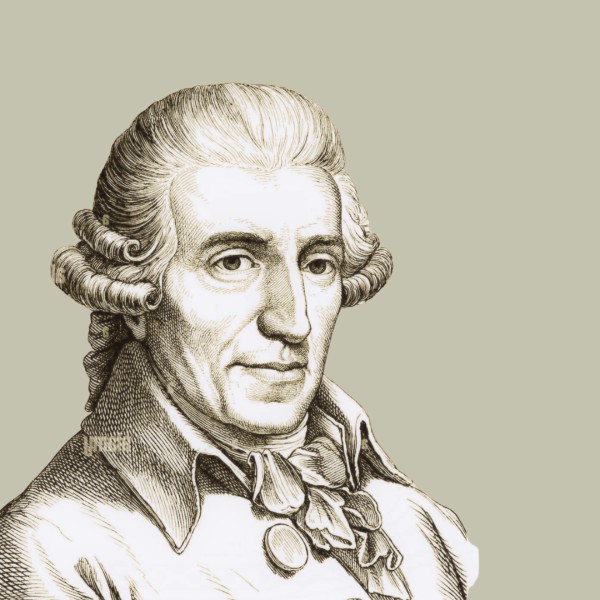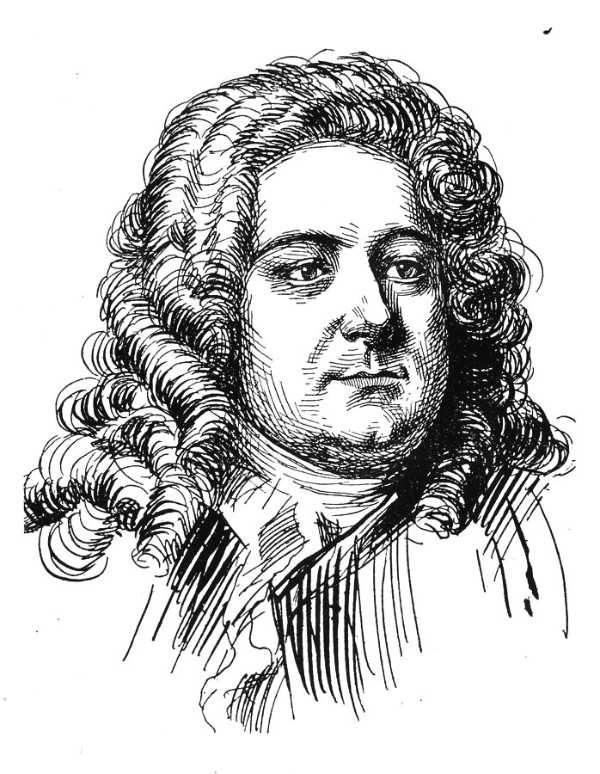At one point or another, every intermediate pianist comes across an “Albumblatt.” Mostly, these are short and lyrical pieces of music, typically for the piano, that became highly popular during the 19th century.
Albumblatt is simply the German word for “album leaf,” and it’s like a musical snapshot. These pieces are generally brief, expressive, and often highly personal, like a note or sketch tucked into an album of a friend or patron.
Composers tried to capture a mood, an emotion or a fleeting idea with an often poetic or intimate feel. The charm of the Albumblatt lies in its simplicity and emotional depth, making it a timeless little treasure.
Shall we listen to a collection of my favourite Albumblätter, those tender leaves of music that sweep up a whirlwind of emotions?
Edvard Grieg: “Albumblad” Lyric Pieces Book 1, Op. 12, No. 7
Franz Liszt
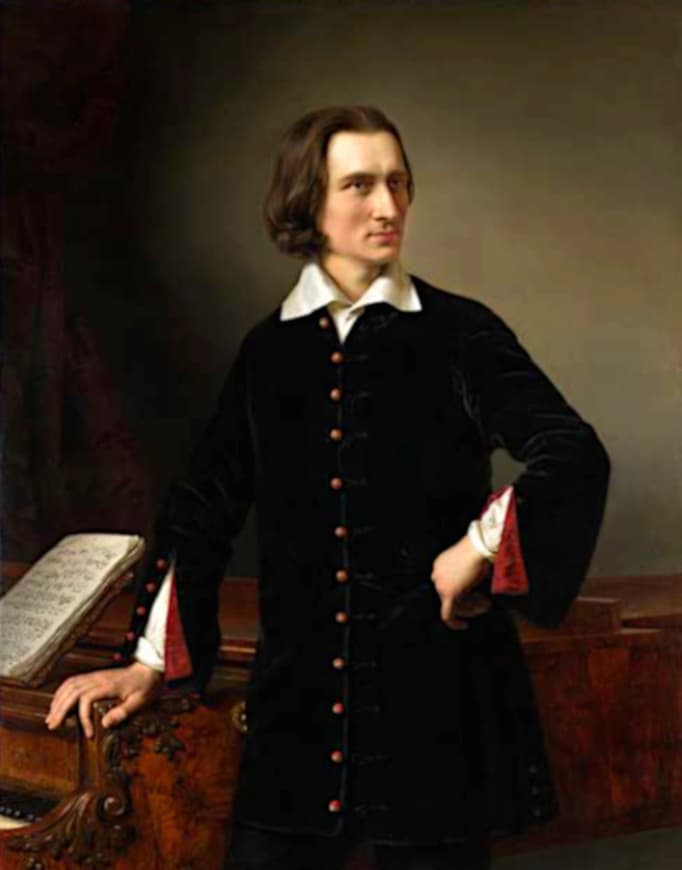
Franz Liszt, 1847
Franz Liszt was probably one of the first seriously important composers who used Albumblatt as a title. With Beethoven and others, that title was only added after the composer’s death. The “Andantino pour Émile et Charlotte Loudon” dates from 1828 and was composed as a dedicated Albumblatt.
We know little about the identity of the Loudons or their specific connection to Liszt. However, this little gem reflects Liszt’s penchant for crafting intimate and expressive miniatures.
It evokes a tender and introspective mood, pulling listeners into a world of quiet emotion. It’s like a soft whisper, with the gentle melody weaving a delicate tapestry of sentiment.
Franz Liszt: Albumblatt in E-flat Major, “Andantino pour Emile et Charlotte Loudon” (Leslie Howard, piano)
Richard Wagner
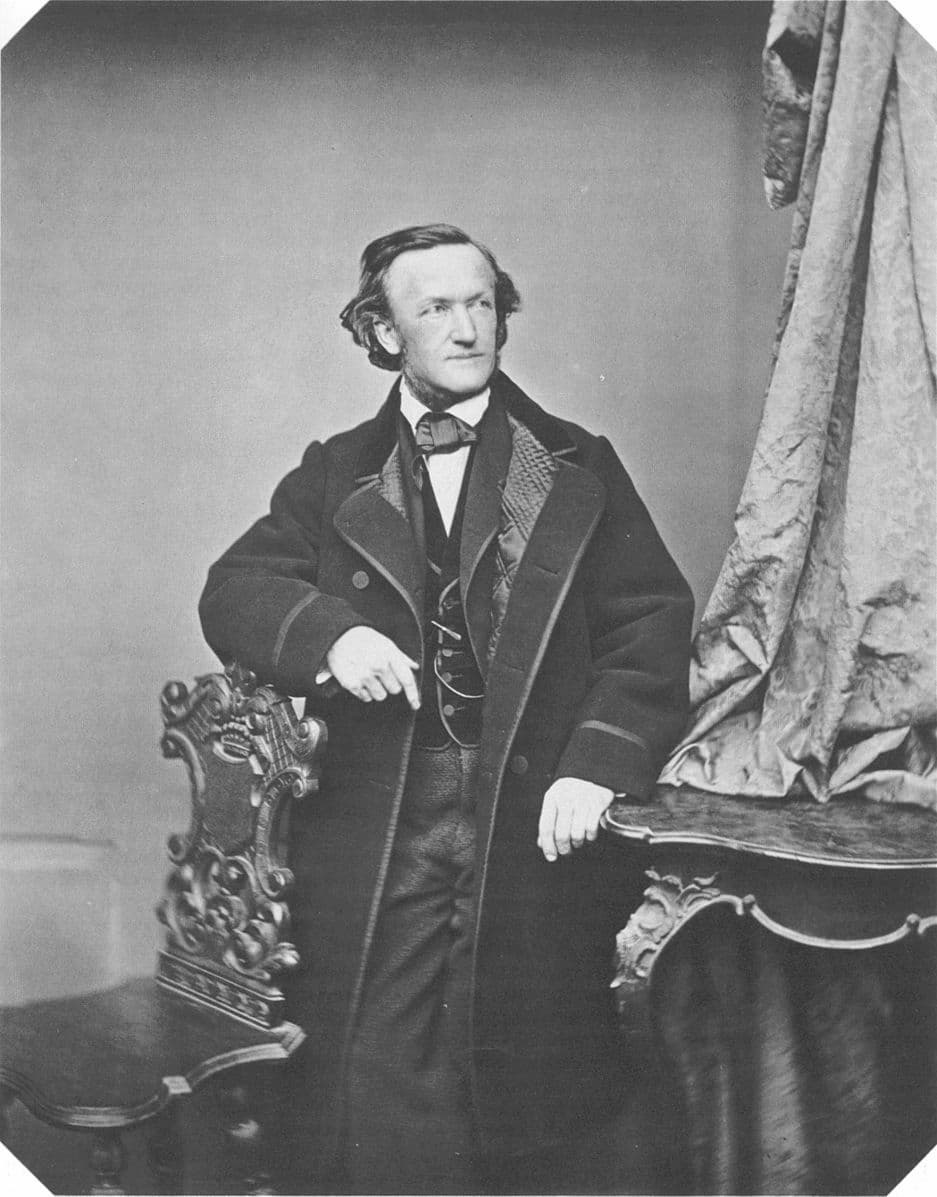
Richard Wagner, 1860
Richard Wagner wrote a good many Albumblätter for patrons, friends and love interests. The Albumblatt dedicated to Ernst Benedikt Kietz honours a painter who created several portraits of the composer during his time in Paris in the early 1840s.
Wagner’s time in Paris was marked by financial struggles and his efforts to establish himself as a composer. His friendship with Kietz provided personal and artistic support.
This brief composition features a gentle and flowing melody, capturing a tender and introspective mood. This Albumblatt is intimate and understated, and it was only published in 1970, long after Wagner’s death in 1883.
Richard Wagner: “Albumblatt für E.B. Kietz”
Johannes Brahms
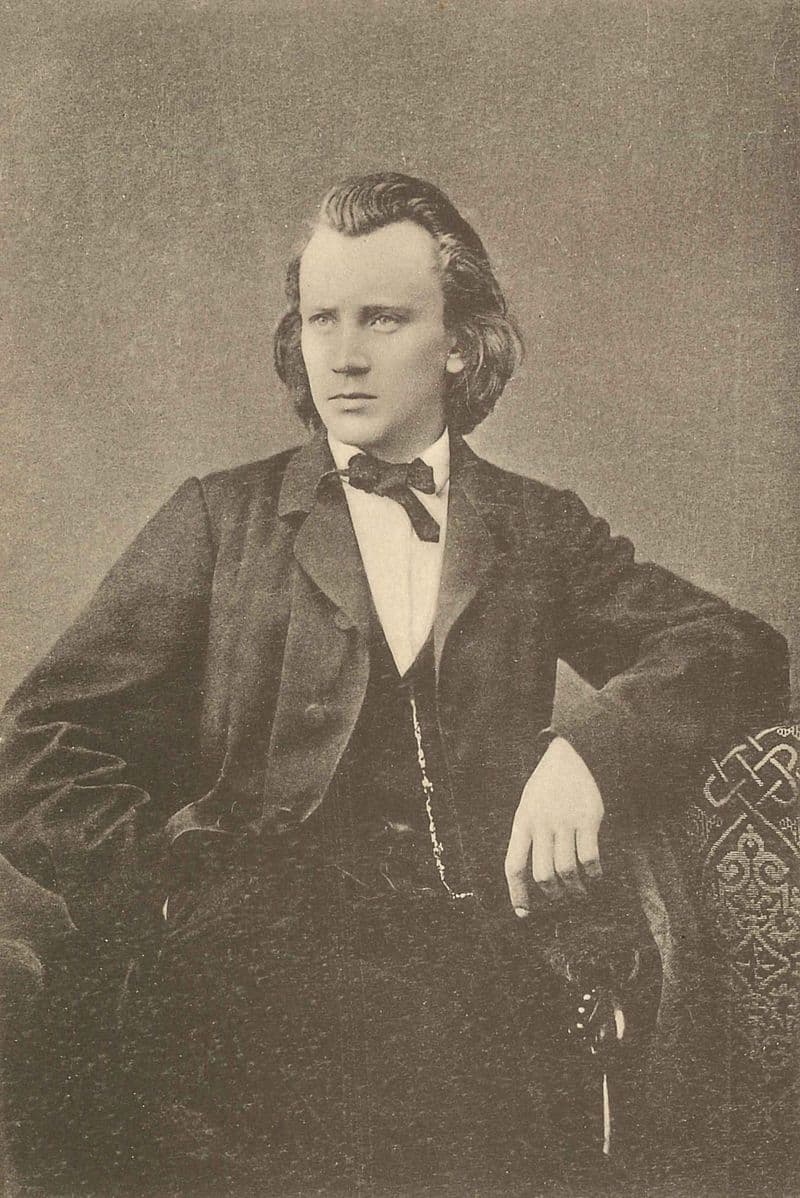
Johannes Brahms
In 2011, the musical world made a sensational discovery. In that year, Christopher Hogwood found a brief piano piece by Johannes Brahms, “Albumblatt in A minor”, in a visitor’s book at Princeton University Library.
Composed in 1853, when Brahms was only 20 years of age, the short gem is a lyrical and introspective miniature. It is explicitly dedicated to a specific person, but written as a musical entry in the book’s owner. This might have been a host or acquaintance Brahms had met during his early career.
It is a catchy tune, and Brahms reused that theme in the scherzo of his Horn Trio, Op. 40, twelve years later. However, already in 1853, when written on a single page, it was a complete and intentional composition.
Johannes Brahms: “Albumblatt in A minor” (David Wärn, piano)
Robert Schumann
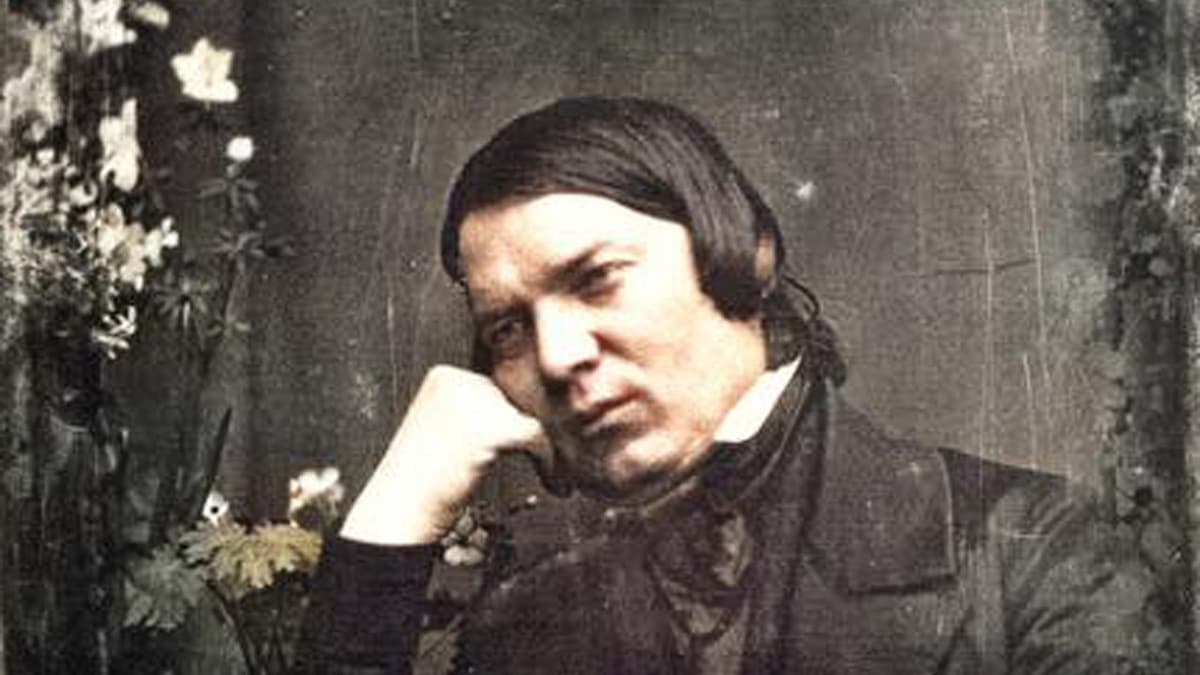
Robert Schumann, 1850 © pianolit.com
Robert Schumann had a deep affinity for short and expressive piano pieces. His numerous Albumblätter reflect his ability to capture vivid emotions in compact form. They are not always intended as cohesive sets but are drawn from sketches and fragments.
The Bunte Blätter collection includes five Albumblätter, assembled as a way to revisit and refine earlier ideas. They blend youthful exuberance with the introspective depth of his later years.
The Albumblätter within Op. 99 is not dedicated to a specific individual but reflects Schumann’s personal and artistic world. Possibly, they were a musical diary of his reflection for his wife Clara.
Robert Schumann: “Albumblatt” Bunte Blätter, Op. 99 (Tobias Koch, piano)
Felix Mendelssohn
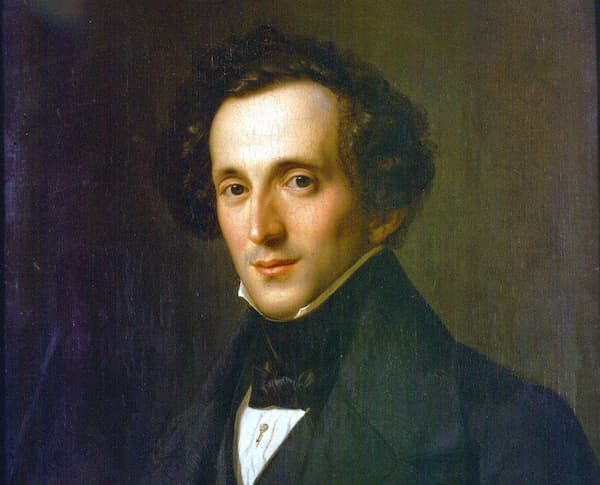
Felix Mendelssohn
The Mendelssohn “Albumblatt in E minor, Op. 117 dates from 1837. However, it was not published during Mendelssohn’s lifetime but was assigned a title and an opus number later. Sometimes, it is simply referred to as a “Lied ohne Worte.”
It was written during a busy and very productive period when Mendelssohn was at the height of his career. There is no specific dedicatee for this “Albumblatt,” but its intimate character suggests it might have been a personal gift for a friend, family member, or even his wife.
The piece sings with Mendelssohn’s signature elegance, the opening theme evoking a sense of longing, while a brief section in the major key offers a fleeting ray of hope. For intermediate-level pianists, this gem offers a glimpse into Mendelssohn’s ability to craft highly emotive and intimate pieces.
Felix Mendelssohn: “Albumblatt in E minor,” Op. 117 (Sophia Agranovich, piano)
Bedřich Smetana

Kateřina Kolářová
Bedřich Smetana composed a great number of Albumblätter. Intimate and expressive miniatures, they are often lyrical and sentimental, showcasing his melodic gift and glimpses into his Czech musical identity.
His Albumblatt for Kateřina Kolářová is dedicated to his first wife, and a significant figure in his early life. She was a talented pianist, and their relationship began in their teens. The romance eventually culminated in marriage on 27 August 1849.
The Albumblatt is marked by a lyrical and playful character. Written when he was a lovesick composer, it captures his affection for Kateřina, reflecting their early shared moments. This Albumblatt is technically accessible for intermediate pianists, with a flowing melody over a light accompaniment, requiring a delicate touch to maintain its dance-like, nostalgic feel.
Bedřich Smetana: “Albumblatt for Kateřina Kolářová” (Jitka Čechová, piano)
Theodor Kirchner
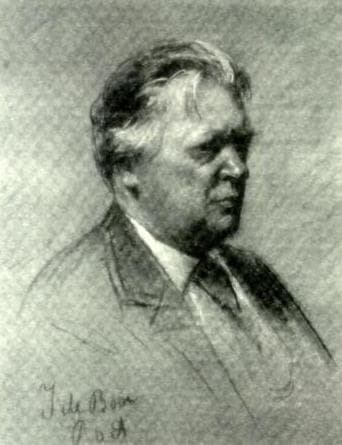
Theodor Kirchner, 1898
Theodor Kirchner composed a substantial number of Albumblätter that reflect his refined musicianship and emotional nuance. In fact, his compositions are often compared to Schumann’s introspective style.
Unlike some Albumblätter dedicated to specific individuals, “Der Klavierstimmer kommt” (The Piano Tuner is coming) suggests a rather humorous or anecdotal inspiration.
It’s actually rather funny, as the piece has the mischievous sparkle of a slightly off-pitch instrument. It evokes the quirky and bustling activity of a piano tuner at work. It’s in a lively and light-hearted style, balancing whimsy with technical precision.
Theodor Kirchner: Neue Albumblätter, Op. 49 “Der Klavierstimmer kommt” (Tobias Koch, piano)
Alexander Scriabin
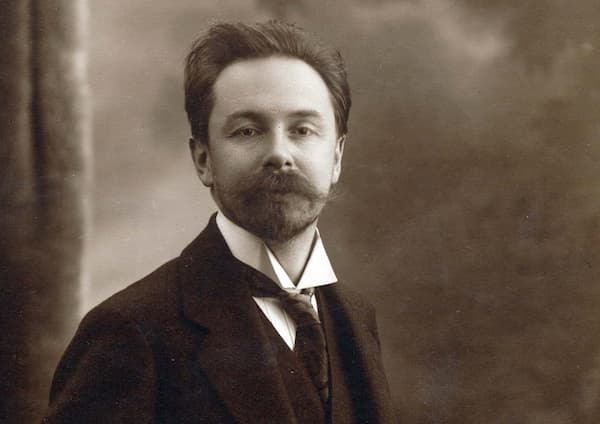
Alexander Scriabin
Alexander Scriabin composed two notable “Feuillet d’album” for piano. The first dates from 1905, and his Op. 58 dates from 1909. These brief lyrical works reflect Scriabin’s evolving style, bridging his early Romanticism with the mystical harmonies of his later period.
The “Feuillet d’album “Op. 58 marks the beginning of Scriabin’s post-tonal period. It was written in Moscow during a time of intense creative evolution, with Scriabin moving away from traditional tonality.
This piece uses complex and chromatic harmonies, creating an ethereal and otherworldly mood. It’s very intimate and elusive and all about evoking an atmosphere. It’s pianistically rather challenging, both technically and in terms of interpretation.
Alexander Scriabin: Feuillet d’album, Op. 58 (Vladimir Horowitz, piano)
Max Reger
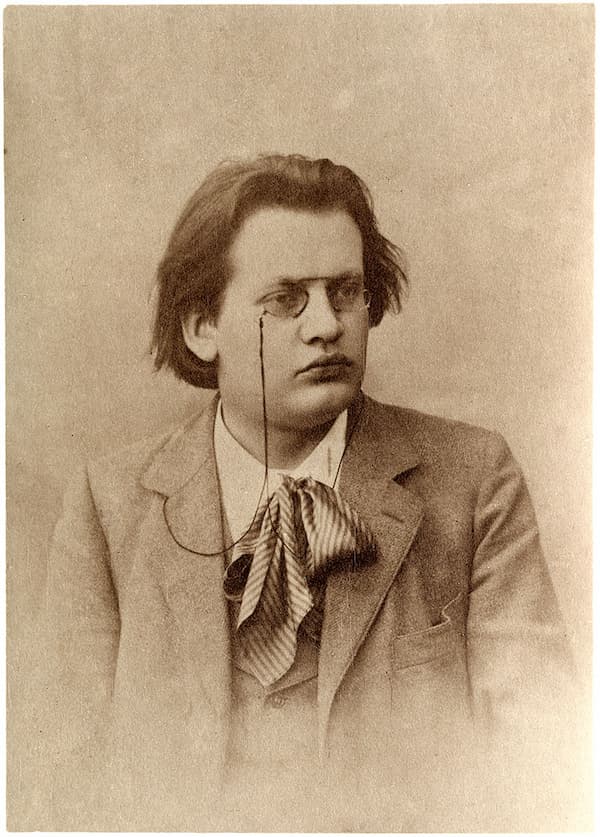
Max Reger, 1896
While Albumblätter are typically solo piano pieces, some composers adapted the form for a combination of instruments. Particularly popular are settings for violin, cello, clarinet, flute, or violin with piano.
Max Reger composed his Albumblatt Op. 87, No. 1 for violin and piano during his time in Munich. While no specific dedicatee is noted for the piece, its intimate character suggests a connection to a close associate or a performance context.
Marked with a lyrical and expressive quality, it combines a singing violin melody with a supportive piano accompaniment. It is essentially a chamber work that evokes a tender and introspective mood.
Max Reger: Albumblatt, Op. 87, No. 1 (Florent Héau, clarinet; Patrick Zygmanowski, piano)
Othmar Schoeck
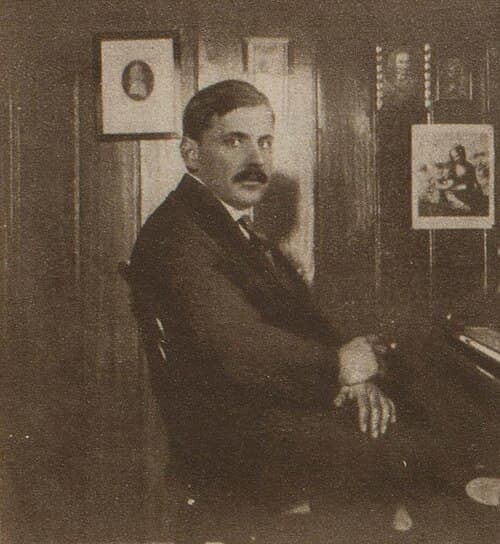
Othmar Schoeck
The Swiss composer Othmar Schoeck is known for his lyrical and expressive works, particularly his lieder, operas, and chamber music. Influenced by the Romantic tradition, his musical style blends tonal warmth with a refined and introspective style.
His Albumblatt for violin and piano was composed in 1908, and it is a concise and evocative piece that fits the Albumblätter tradition. Composed during a period when Schoeck was establishing himself in Zurich, it reflects an early focus on intimate and melodic writing.
The Albumblatt is notable for its connection to violinist Stefi Geyer, a Hungarian musician and muse for several composers. Schoeck met Geyer via musical circles, and he likely wrote this piece with her in mind. Although it is not formally dedicated to her, the intimate and expressive character aligns with Schoeck’s lyrical style.
Othmar Schoeck: “Albumblatt,” WoO 70 (Simone Zgraggen, violin; Ulrich Koella, piano)
Ferruccio Busoni
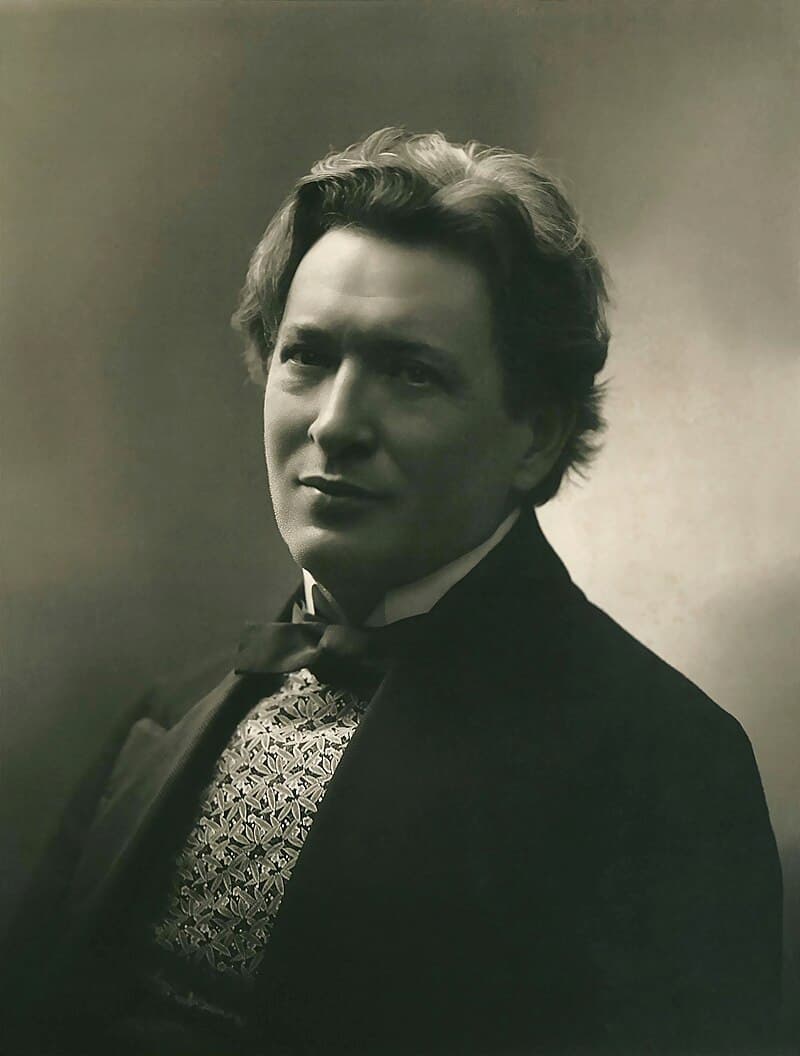
Ferruccio Busoni, 1913 (Photo by Varischi & Artico)
Ferruccio Busoni composed a number of Albumblätter ranging from intimate miniatures to more complex, forward-looking works. Blending lyrical expressivity with experimental techniques, we find several pieces for solo piano.
However, Busoni also composed an Albumblatt for the combination of flute and piano. It is a tender and wistful gem, with its minor melody floating like a soft sigh over the piano. The lyrical lines of the flute evoke a serene, almost pastoral mood, perhaps reflecting Busoni’s wartime retreat in Zurich.
Although there is an arrangement for muted violin and piano, the flute’s clarity gives the piece its distinctive and delicate charm. It certainly wraps up this Albumblatt journey with a grin!
The featured Albumblätter range from tender to nostalgic, and from playful to experimental. In one way or another, they reflect their emotional and stylistic signatures. They are fun to play and accessible to intermediate-level pianists, capturing the intimate and evocative spirit of musical postcards.
For more of the best in classical music, sign up for our E-Newsletter

